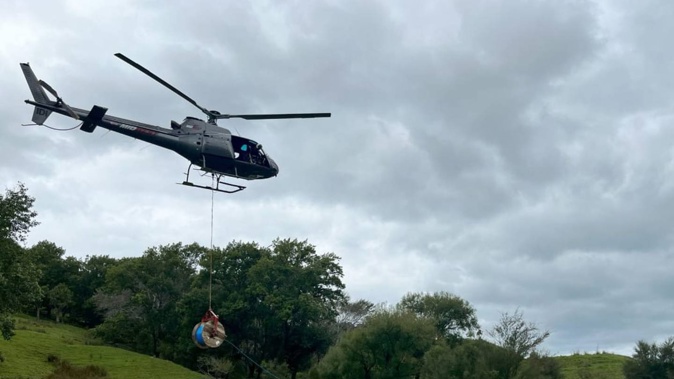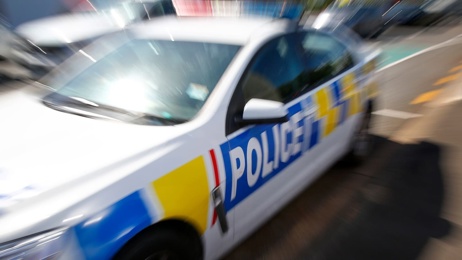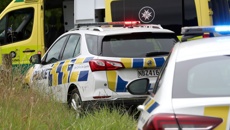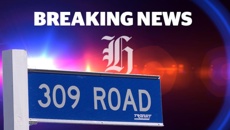
By RNZ
Critical equipment for fixing telecommunications was unloaded from aircraft and replaced with other gear, on flights into regions cut off by Cyclone Gabrielle.
“Decisions were made about other items being [more] essential,” according to a new Telecommunications Forum report into the stop-start emergency response, which said telecommunications should have been the top priority.
This “was not properly understood by the people coordinating the emergency response, nor was it built into the framework for dealing with emergencies”.
It gave three other examples of this:
- “Our technicians and the vehicles [including helicopters] carrying them were not considered essential, so had restricted access or were sometimes denied access to affected regions to repair infrastructure.”
- “Some regions did not get small mobile cell sites on wheels… because a frigate left earlier than advised.”
- “There were no clear formalised processes, eg, to prioritise electricity restoration to key telecommunications sites.”
Only two cell sites were actually damaged by the storm, but 1600 others across Northland, Auckland, Hawke’s Bay and Gisborne went dark due to the power cuts, a second summary report from the company-run Telecommunications Forum said.
The two reports were part of a patchwork of reviews into the cyclone response, resilience and what to do now.
At the cyclone epicentre on February 14, with mains power lost, the Napier communications hub was relying on generators to keep two entire networks going.
But fuel began running low, spurring a plea - revealed in OIA documents - from the Telecommunications Forum: “We urgently need the fuel plan from NEMA [the National Emergency Management Agency].”
“The lack of prioritisation for telecommunications by NEMA and Lifelines caused major issues for telcos trying to coordinate transport of equipment into affected areas, access into areas and access to fuel,” the new report said.
The companies got together and began fixing things in the first five days “without a lot of coordination via NEMA” - but with lots of “distraction” due to requests for updates from the government in ‘the bunker’ at the Beehive.
“At times it was difficult to understand where power restoration was being prioritised.”
NEMA said it was “undertaking a review into its own actions” and not “currently in a position to reflect in detail on the response as it is important we first let the review process run its course”.
Demand to do better
The Telecommunications Forum report into improving resilience listed several ways the industry and government could do better.
Just how tenuous things were is attested to here: “Network outages resulted in all [fibre optic] north-to-south traffic being reliant on the Western Core fibre route via New Plymouth. This was a considerable risk.”
RNZ has reported on other documents that show the lifeline services - telecoms, water, power, roads - have hardly any resilience standards imposed on them by regulation. One of the few rules is that Chorus must spread its “points of failure” so that no one failure can take out more than 4000 connections at once.
The 20-year-old Civil Defence law was of “limited” use, officials have told ministers. It required lifelines to be “‘able to function to the fullest possible extent, even though this may be at a reduced level, during and after an emergency”, but lacked monitoring and other powers.
The replacement law now before Parliament has an aim of “modernising the treatment of lifeline utilities, including renaming to critical infrastructure and clearly setting out the roles and responsibilities of critical infrastructure sectors and entities”, but is contentious, with MBIE raising doubts the raft of reforms around infrastructure would return enough benefits.
Who pays for disaster-proofing critical national infrastructure has become a big question following Gabrielle.
Spark has expressed its desire to see co-investment options with government explored more.
The Telecommunications Forum has a major vested interest in this.
Its new report said companies already “invested heavily” in disaster-preparedness. However, it also had many suggestions about what more to do, including during a disaster:
- identify key cellphone towers to restore
- prioritise: “We would like to hear government views about services that need priority (eg emergency services, hospitals...)”
- standardise data reporting, sharing of staff and resources, and communications with government agencies
- improve ways for getting spare parts.
And before a disaster:
- co-invest with government in back-up power supply for crucial communication hubs
- co-invest in duplicate fibre links in low-population areas - “We have an initial list of regions to discuss.”
- lay secondary fibre-optic and other cables on different roads into major centres
- using Transpower pylons for cables, not bridges
- update engineering standards, including for river crossings
- put fibre under the sea - “While this ‘blue skies’ option could have the most impact, it is likely to be very high-cost.”
The forum’s case is based on telecommunications being number one to restore from the start.
“Being able to get emergency assistance, to understand what was happening or who was affected, and to find out if loved ones were safe was essential for people in affected areas and for those trying to help them,” its report said.
“By day two or three the priority was still communications: to be able to use electronic payment systems to buy food or fuel, and to coordinate restoration work.”
Moves being made already to improve resilience include:
- more satellite connectivity for cellphones if mobile networks are down - but power cuts took out this backup, too
- extending roaming beyond 111 calls only
- storing generators in high-risk locations - “We have a lot of generators - there is now a question about where to store them and how to keep them maintained.”
The “gold standard’” for resilience simply was not commercially viable in some areas, the report said.
“It is not commercially viable to build redundant cellular coverage in areas where it will not be used often.”
Take your Radio, Podcasts and Music with you









